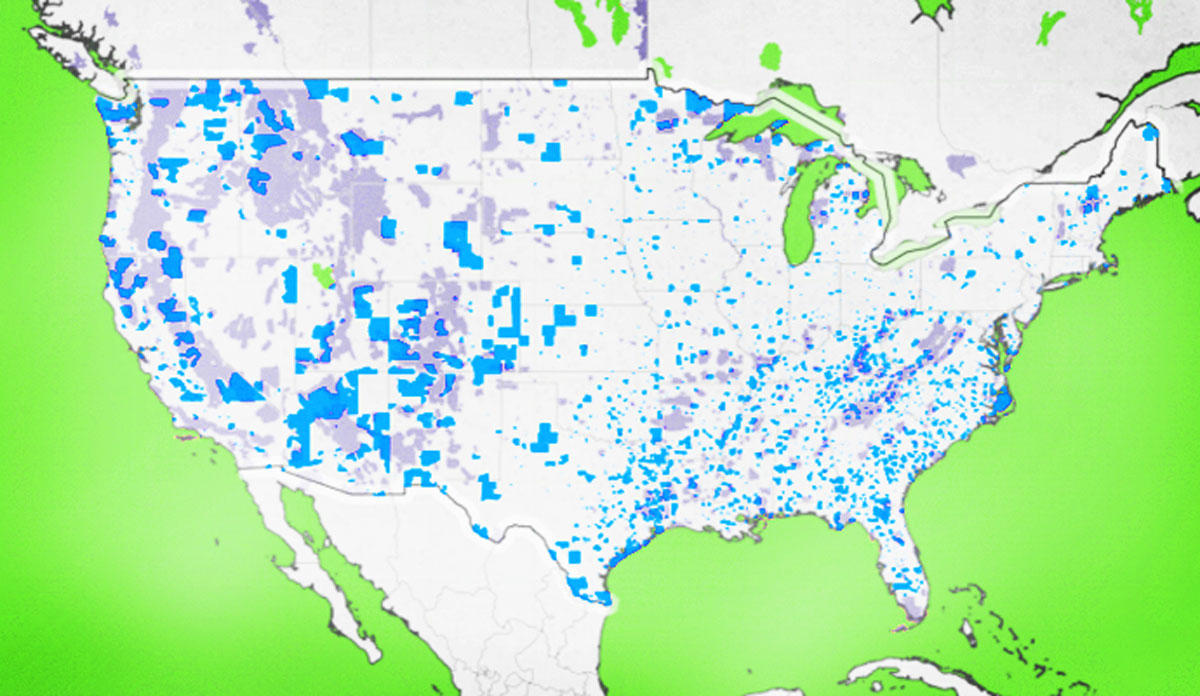Trending
Sales of sites in Opportunity Zones up 80%
Developers and investors have moved fast to buy properties in the zones, hoping to cash in on the tax incentive program

Property owners in designated Opportunity Zones are now seeing their sales prices and asking prices spike since the tax incentive program was announced last year.
Sales of development sites in the 8,700 designated zones across the country increased 80 percent in the first three quarters of 2018 year over year, according to the Wall Street Journal, citing data from Real Capital Analytics.
Opportunity Zones was included in President Trump’s tax overhaul plan, designed to help spur investment in economically distressed areas throughout the country. But one of the biggest beneficiaries so far appears to be existing property and land owners in certain low-income areas.
In the Bronx, investors bought $225.7 million worth of sites in zones in the first nine months of this year, an increase from $24 million during the same period in 2017, according to RCA data.
Investors or developers who invest in an Opportunity Zone will have the ability to defer their capital-gains taxes from an unrelated investment. Investors or developers can also forgo any gains on an Opportunity Zone investment if it is held for at least 10 years.
The program is specifically geared to incentivize new real estate construction. But in Los Angeles, more than a quarter of the upcoming residential units and nearly half of commercial space lies in Opportunity Zones.
Developers and investment firms have launched Opportunity Zones funds, hoping to raise hundreds of millions of dollars to focus on projects in the zones and cash in on the program.
Late last week, the U.S. Treasury and the IRS released more detailed guidelines. Those clarified some of the pressing questions developers and investors had about the program. Among the new guidelines is a definition of a 70-30 rule. It specifies that a business will qualify for the program if 70 percent of the company’s property is located within a designated zone.
Some attorneys and experts have said that the issuance of the guidelines will allow investors to start pouring money into specific projects. But others say more clarity around certain issues is needed before more large-scale investment in these zones can start. [WSJ] — Keith Larsen




